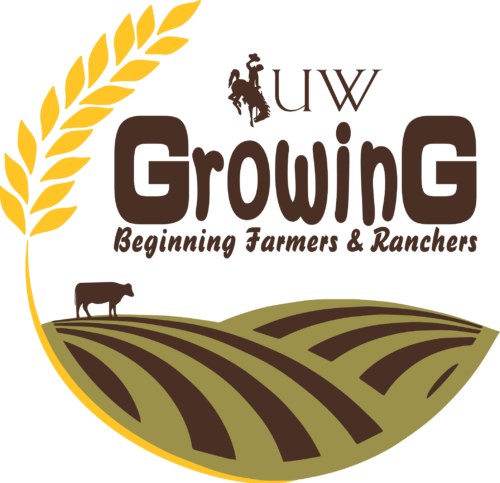Branding, Firefighter Insights, and Future Opportunities
#bfrdpwy #aginternship #RightRisk
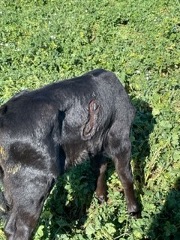
This week, I participated in my first ever branding in which we branded 19 calves from late June-calving heifers. To prepare for branding, we spent the few days prior gathering pairs into a separate pasture, and then the morning of the branding, we pushed these pairs into the corral and worked on splitting them up. We ran the mother cows through the chute first and dowsed them with a spray of Ivermectin along their backs, which serves as both a de-wormer as well as a fly repellent. At this time, I was able to practice applying pressure to cows in the chute to ensure they don’t move backwards while minimizing use of a shock tool.
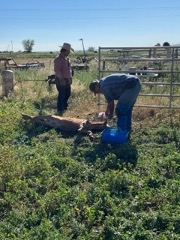
Then, we moved the calves into the branding pen and two ropers went to work roping and dragging calves towards nordforks, which hold the calf still as they are branded to reduce stress. While calves were being branded, we also vaccinated them, placed Synovex in their ears, which is a testosterone and estrogen growth hormone, cut the tip of the ear off to serve as another herd marker, and castrated the bulls.
We also kept up with regular irrigation practices this week, including moving two sets of side rolls, flood irrigating with dams, flood irrigating with pipes, and using the pivots. We worked on finding balance in irrigation systems that pull from the same pump to ensure each source received an adequate amount of water.
One plant that particularly captured my interest this week is cheat grass, otherwise known as downy brome. Cheat grass is plentiful here, but upon further investigation, I learned it is invasive. Cheat grass was introduced to North America by European settlers in the 1800’s and became a real issue when grazing animals were introduced to sagebrush environments, clearing space that was easily filled by downy brome. Now, cheat grass crowds out native grasses in semi-arid sagebrush environments such as Wyoming. Cheat grass is also problematic because it dries out much earlier than other native vegetation, providing perfect fuel for rangeland fires. After speaking with one member of the Clearmont volunteer fire fighters’ organization, who said they fought around 37 fires last summer, this plant raises particular concern, especially in areas where lightning storms are frequent.
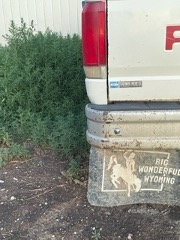
This week, I will challenge the concept of calving in late spring/early summer in hotter environments such as the Southeast. In climates such as Wyoming, temperatures stay relatively low through May and early June and begin to rise into July. But in warmer climates, calving as late in the summer as June or July can be detrimental because “hot temperatures can reduce fertility in bulls or result in early embryo loss in cows” (Ahola, 2022)
A few questions I had this week were: what medicine is used in the doctoring of a calf with pneumonia, why would a calf gets pneumonia in the summertime, and how does this lead to death if left untreated.
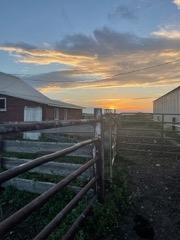
After utilizing many universities extension resources this past week to research plants, such as cheat grass, I plan to use what I’ve learned to investigate working for a university extension program. The University of Vermont, the college I attend, for example, has many agricultural extension programs that seek to collaborate with and distribute information to farmers and ranchers across the state about information such as pests, invasive species, and new methods of farming. These extension programs are often harbors of research on new methods of sustainability and diversified farming techniques.
Submitted by: Jamie Kaste
Edited by: GrowinG Internship Team
